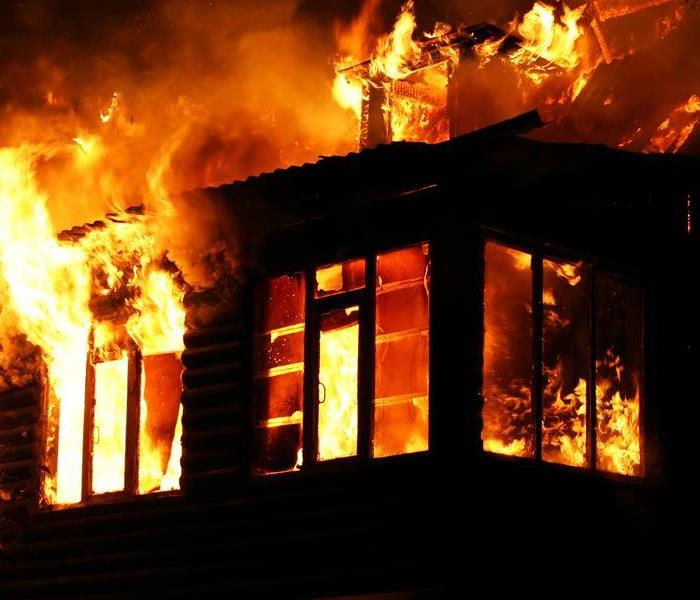Can Contents Be Save After a Fire?
1/6/2022 (Permalink)
One of the most difficult decisions for homeowners who have experienced a house fire is deciding whether to repair or replace contents. Some items can be restored by dry-cleaning or other methods, while others need to be replaced.
Which Contents Can Be Restored With Content Cleaning?
Most homes can be restored after a fire unless there is structural damage. However, it isn't practical to restore some contents.
Consider these tips to know what items to keep after a Fire
Which items can be saved and which should you toss out?
1. Clothing, Upholstered Furniture and Other Fabric Items
Fabric items that have been burnt may not be able to be saved, though it may be possible to recover some upholstered items that only have damage to the fabric covering. Items that have smoke damage, but have not been damaged by flames may be able to be cleaned by dry-cleaning or other methods. Dry these items as quickly as possible to prevent mold growth. Consider using content storage while your home is being repaired.
2. Electronics
If the internal electronic components have not been damaged by heat or water, electronics can often be saved. However, the cost to repair water-damaged electronics is usually higher than replacing the items.
3. Wood Furniture
If your wood furniture is wet due to the water used to fight the fire, dry it quickly to avoid warping. Smoke and soot damage can usually be cleaned. If the wood is charred from the flames, you may need to replace the item.
4. Non-Perishable Food
Food in open containers or stored in cloth, cardboard or thin plastic bags should be discarded. Items in sealed cans may be OK, but if those items were exposed to high temperatures the contents may spoil or develop an unpleasant taste. In general, it is better to throw out any food items that you can't be sure did not come in contact with high heat or chemicals.
5. Perishable Food
Refrigerated or frozen food may be safe to eat if it was maintained at a safe temperature and your refrigerator or freezer was not damaged by the fire. A refrigerator without power can keep food safe for about four hours. Throw out perishable food if you find any signs of smoke or soot damage in the refrigerator, the power went out for six or more hours, the food smells off or frozen food is no longer hard and cold.
6. Cosmetics and Medicine
If you find any signs of smoke, soot or other damage, throw these items out. If the items were stored in an area that was not damaged by flames, high heat, smoke or chemicals they may be safe.
7. Documents and Photos
Items made from paper are among the most vulnerable to fire damage. However, important documents and photos may be restorable in some cases. Contact a fire remediation company in Greenville, NC, if you have valuable documents and photos you want to try to restore.
When making decisions about whether to keep contents or throw them out, it is important to consider whether it is possible to clean items through dry-cleaning or another method. You should also consider the cost of restoring items versus the cost of replacing them.




 24/7 Emergency Service
24/7 Emergency Service
